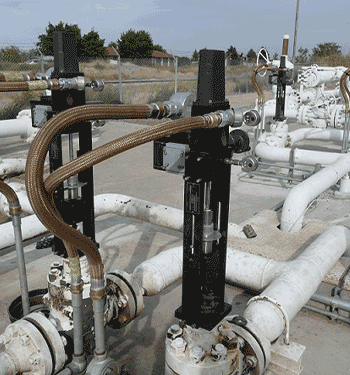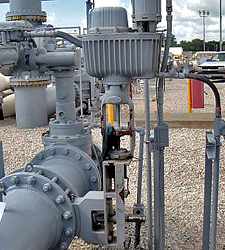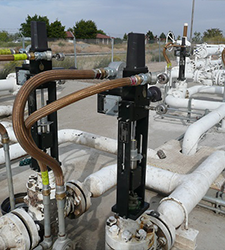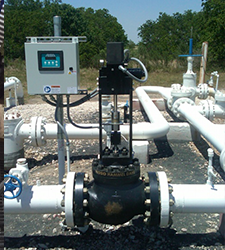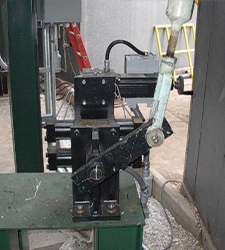Project Description
Pressure control of incoming and discharge flows at the pump stations directly correlates to overall pipeline safety and security. A critical part of the control systems is pressure control in the pipeline. Pressure control serves two essential purposes. The first is to control the discharge pressure of the pump station to achieve the proper flow rate and to attenuate pressure fluctuations in the transmission to downstream pump stations. The pressure control systems, which include valves and actuators, must ensure the pipeline is operating below the system design pressure. The second purpose of the pressure control system is to ensure that the incoming pressure to the pump station is kept above the NPSH (Net Positive Suction Head) required by the pumps in order to prevent cavitation within the pumps and the possibility of damage that could result from the cavitation. Pressure control is interactive from one pump station to another, which means that pressure fluctuations at one station will affect all of the other pump stations along the pipeline. The control system must be able to provide fast response to pressure disturbances during starts, stops, and flow rate changes. It must also provide fast response to set point adjustments at one station in order to achieve the desired flow rate and pressure at another.

